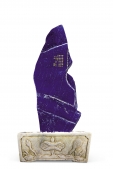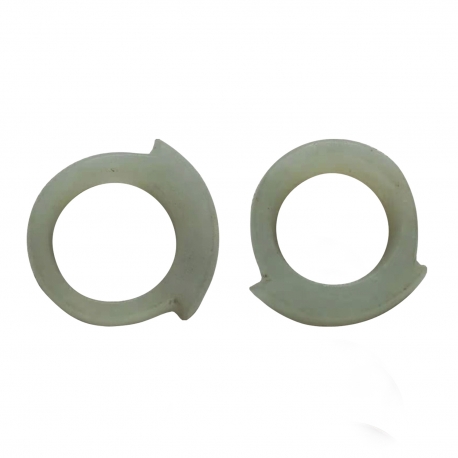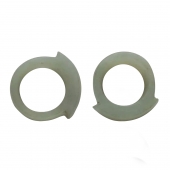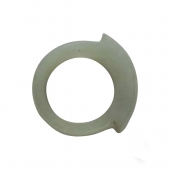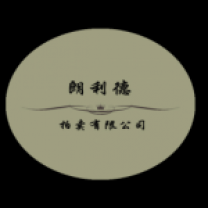和田玉戒指
- 编 号:811857
- 销售状态:待售(不可在线交易)
- 库 存: 1
- 售 价:议价
买家服务热线:
400-601-8111
(平台服务时间:周一到周五 9:00-17:00)
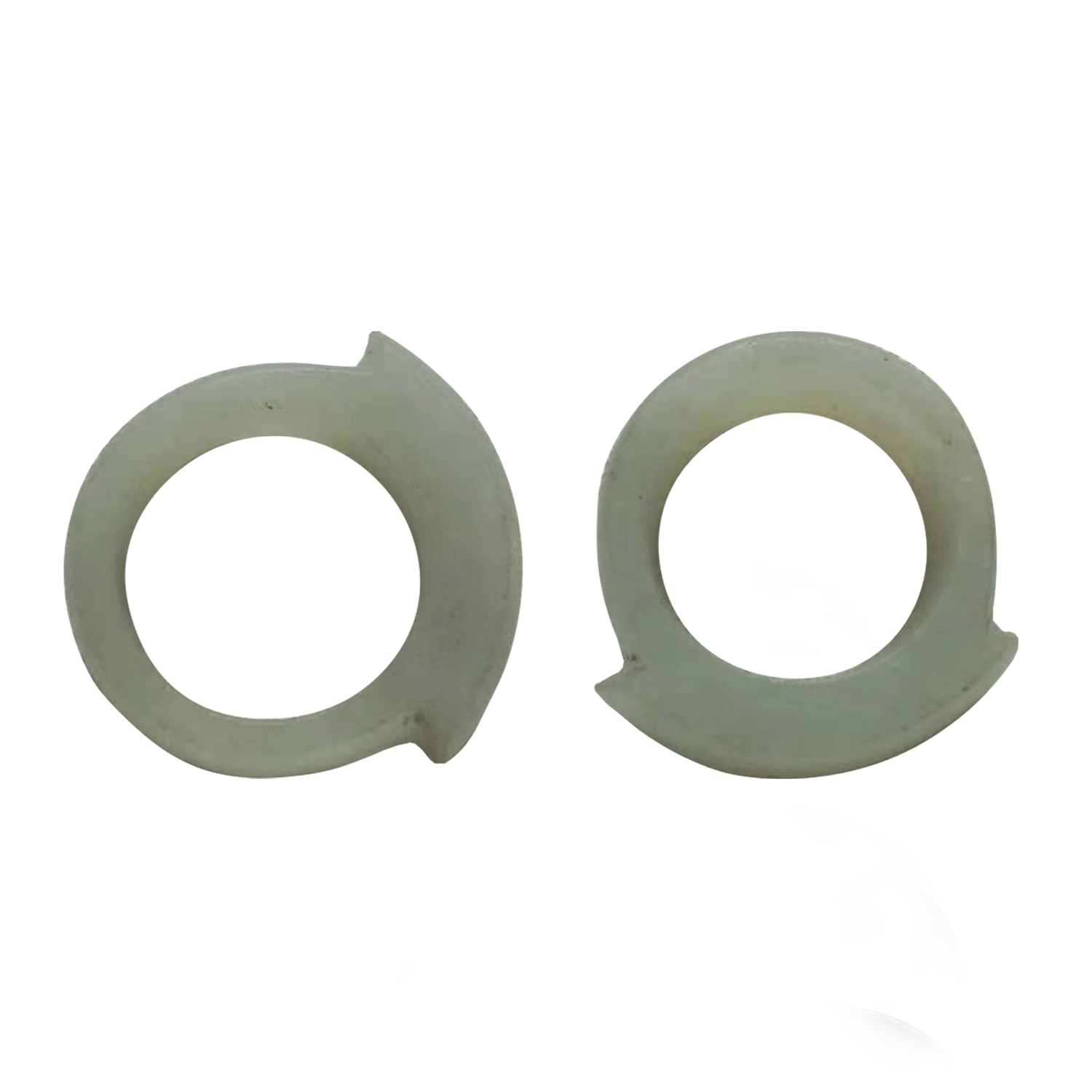
- 资质:
- 评分:
1分 2分 3分 4分 5分 6分 7分 8分 9分 10分 7分
- 印象:
- 经营时间:8年
- 展厅面积:490平米
- 地 区:四川-成都-其他
作品信息
交易评论
本画廊其他作品
| 创作年代 | 不详 | ||||
|---|---|---|---|---|---|
| 作品分类 | 珠宝玉石- 玉石-和田玉 | 品相 | 全品 | 品种 | 黄玉 |
| 料 | 山料 | 用途 | 指环 | 题材 | 其它 |
| 作品标签 | |||||
| 适用空间 | |||||
作品介绍
玉石一直以来都是幸福祥和的象征,是中国人心中的一种情结和信仰,佩戴玉石已经是中国人的一种习惯了,中国的玉种中,尤其以和田玉最为珍贵,而和田玉手镯是最常见的佩戴玉饰,选材上乘,雕刻精美,寓意吉祥,深受和田玉市场的亲睐。
玉器的经济价值是不言而喻的。早在原始社会的良渚文化、红山文化中就有表现。大型的墓葬中,作为陪葬的玉器就有几十件甚至上百件,可见墓主是有权有势、财富万贯的首领。到奴隶社会,这种现象更加明显,著名的安阳殷墟妇好墓、江西新干大墓等商代贵族和方国墓葬中,葬玉更是丰富,表明大的奴隶主贵族拥有贵重的玉器。到汉代,葬玉之风更加兴盛,著名的汉代金缕玉衣、银缕玉衣、铜缕玉衣就出自于此。
中国拥有悠久的“玉文化”。曾经有专家举例,比如说古人身上系了一块玉佩,对自己的走姿就有要求了,像撒腿狂跑、摇摇晃晃等动作就不合适了;而且玉佩和其他饰物碰撞产生悦耳的叮当声,很优雅,这样一来潜移默化地对人的仪态姿势都有了提高。我们所谓“玉养人”,其实主要指的是养心、养德。
Jade has always been a happy and auspicious symbol, a kind of complex and faith, is the heart of Chinese wear jade is already a habit of the Chinese people, jade of China, especially in hetian jade is the most precious, and hetian jade bracelet is one of the most common wear jade ornaments, material quality, exquisite carving, meaning auspicious, hetian jade market favor. Hetian jade bracelet is a jade ornament that many people compete to wear since ancient times.
China has a time-honored "jade culture". For example, when ancient people wore a piece of jade pendant on their body, they had strict requirements on their walking style, such as running wildly and swaying. And jade pendants and other ornaments collision produce a pleasing jingle sound, very elegant, so imperceptibly to the person's posture have improved. In fact, what we call "jade cultivation" mainly refers to mental cultivation and moral cultivation.
The economic value of jade is self-evident. Jade as a symbol of wealth, as early as in the primitive society liangzhu culture, Hongshan culture performance. In large tombs, there were dozens or even hundreds of jade articles buried with them, indicating that the tomb owner was a powerful and wealthy chief. In the slave society, this phenomenon was even more obvious. In the famous tombs of Shang nobles and Fangguo, such as the Tomb of Fu Hao in Yin Ruins of Anyang and the Tomb of Xingan in Jiangxi, there were even more abundant jade, indicating that large slave-owning nobles owned valuable jade articles. To the Han Dynasty, the wind of jade burial is more prosperous, the famous Han Dynasty jin Lu jade clothes, silver wisp jade clothes, copper wisp jade clothes from this.

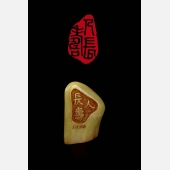 陈维廉
陈维廉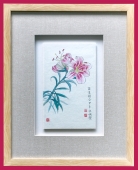 赵映璧
赵映璧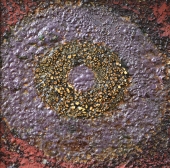 魏新
魏新